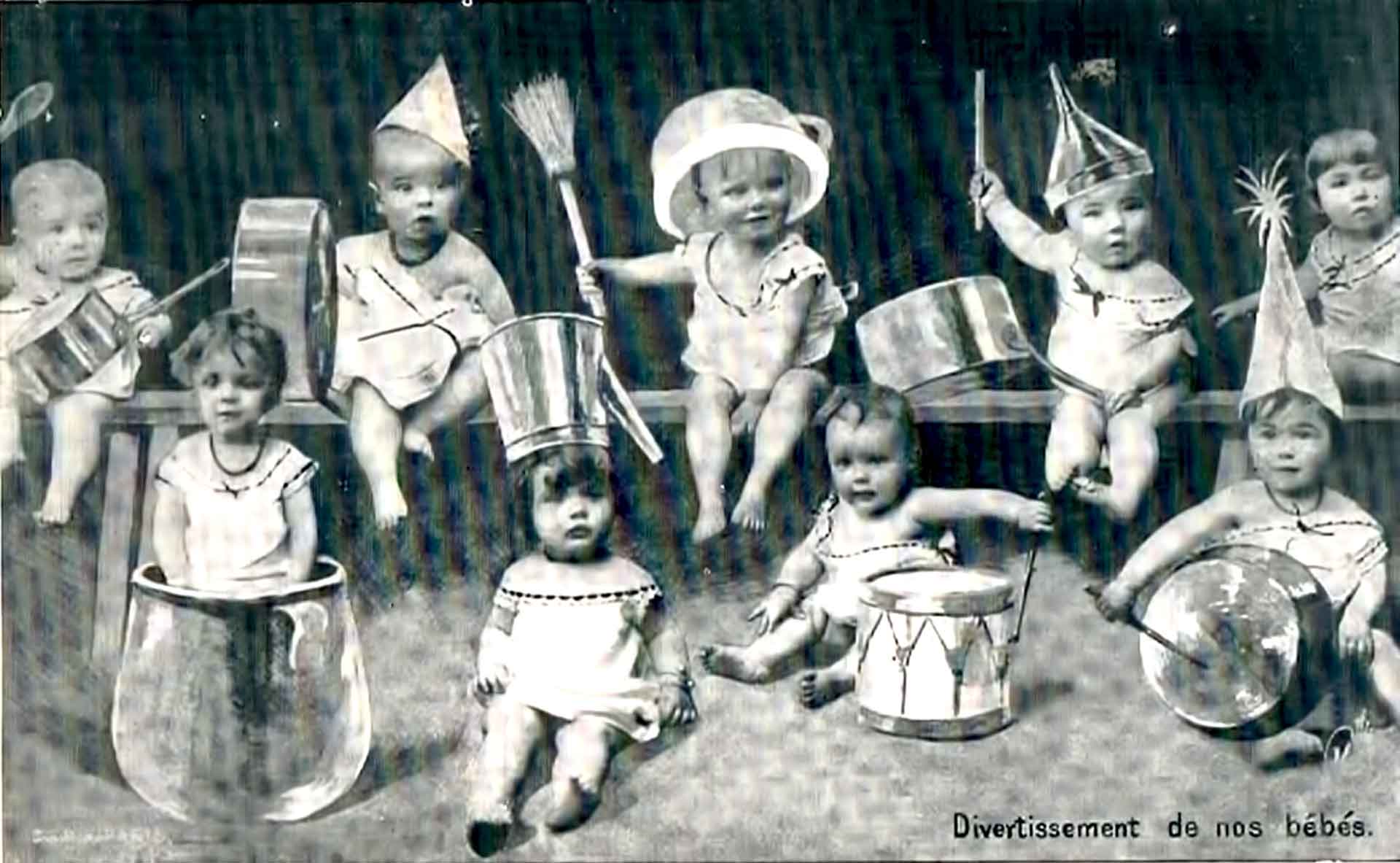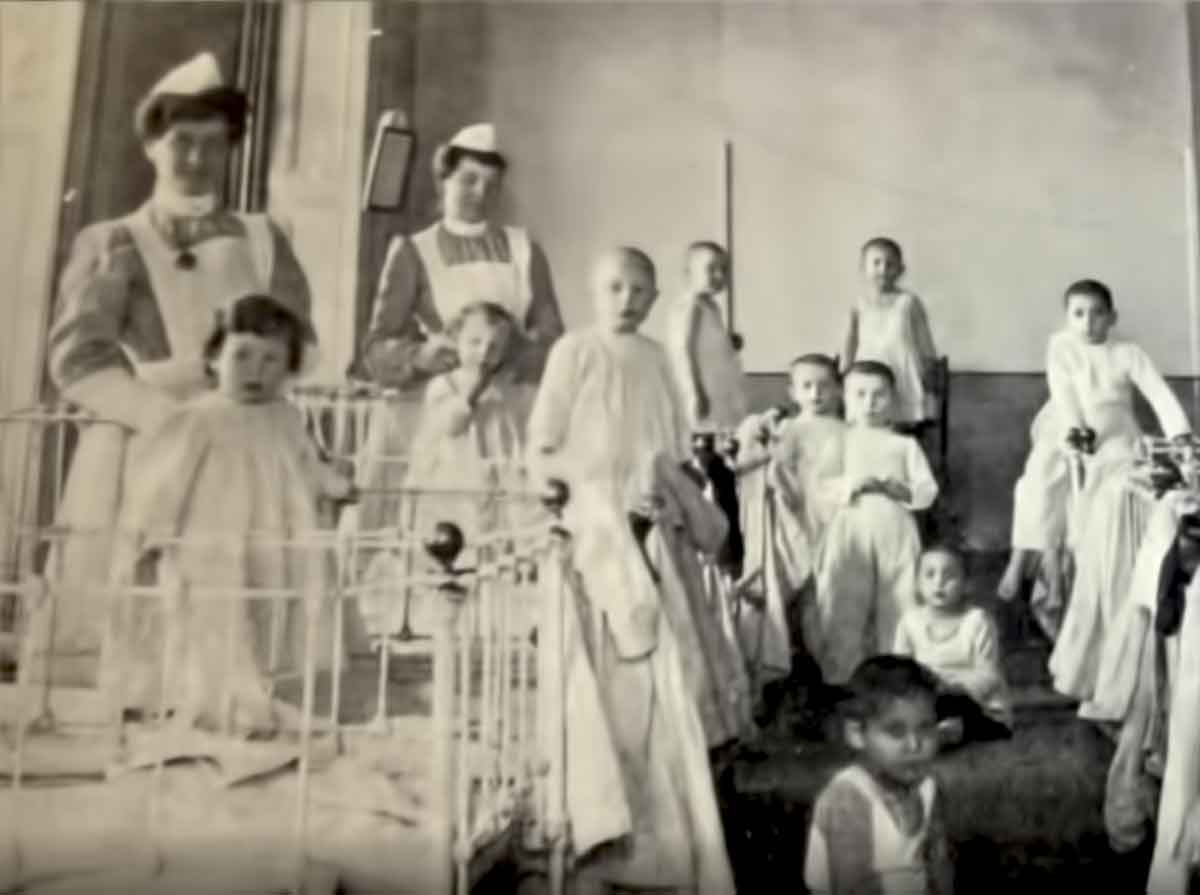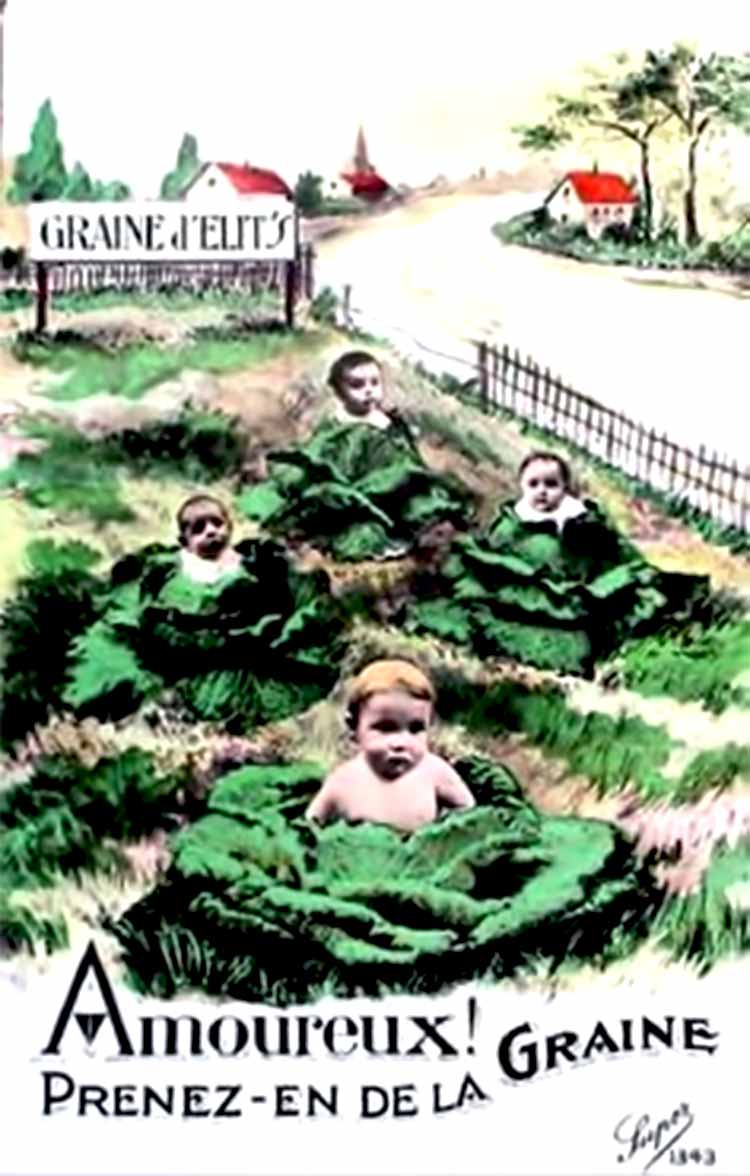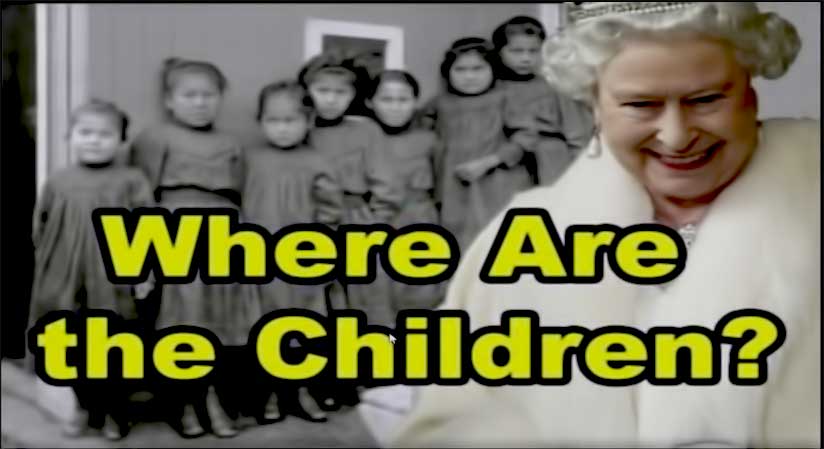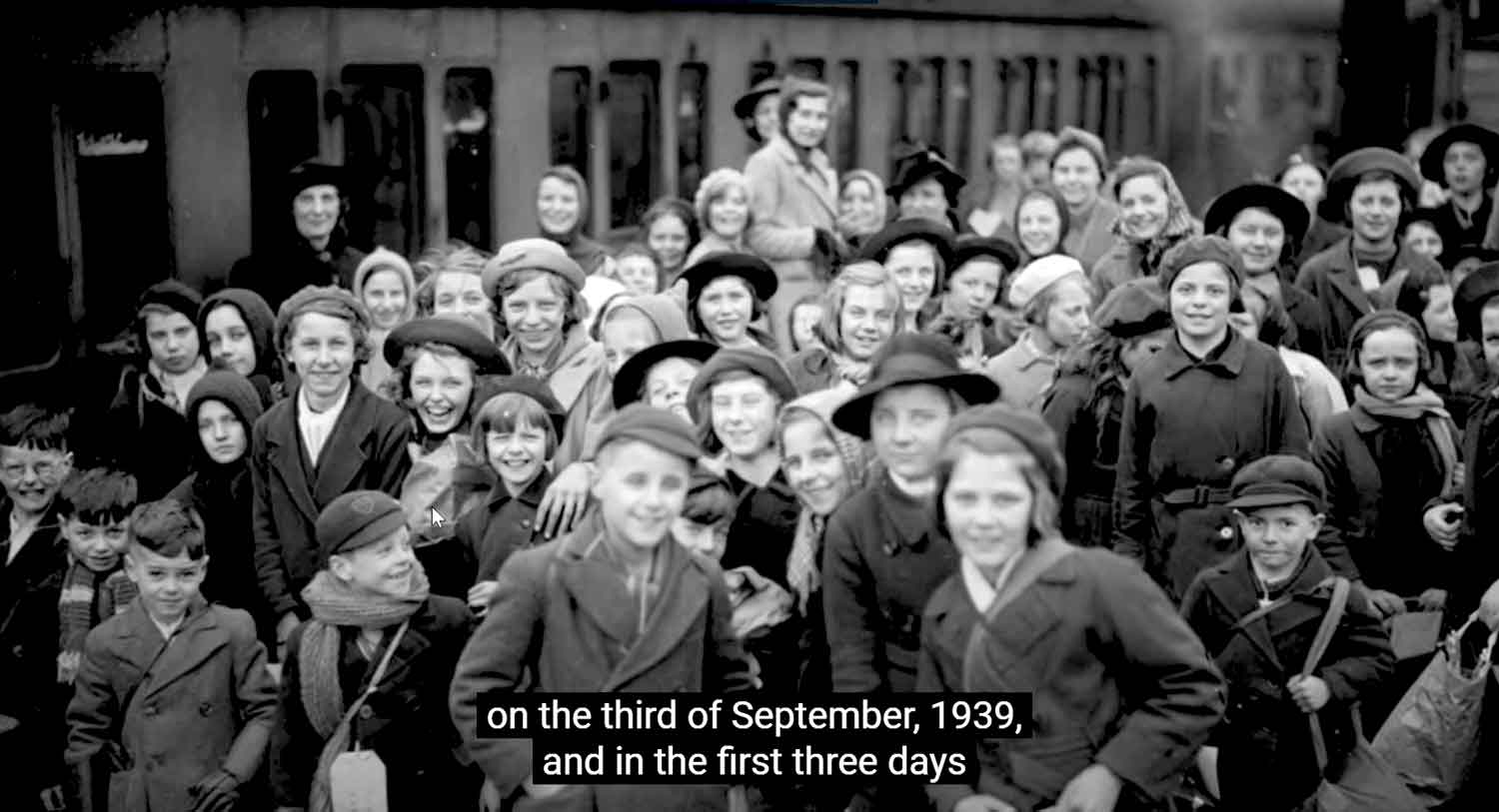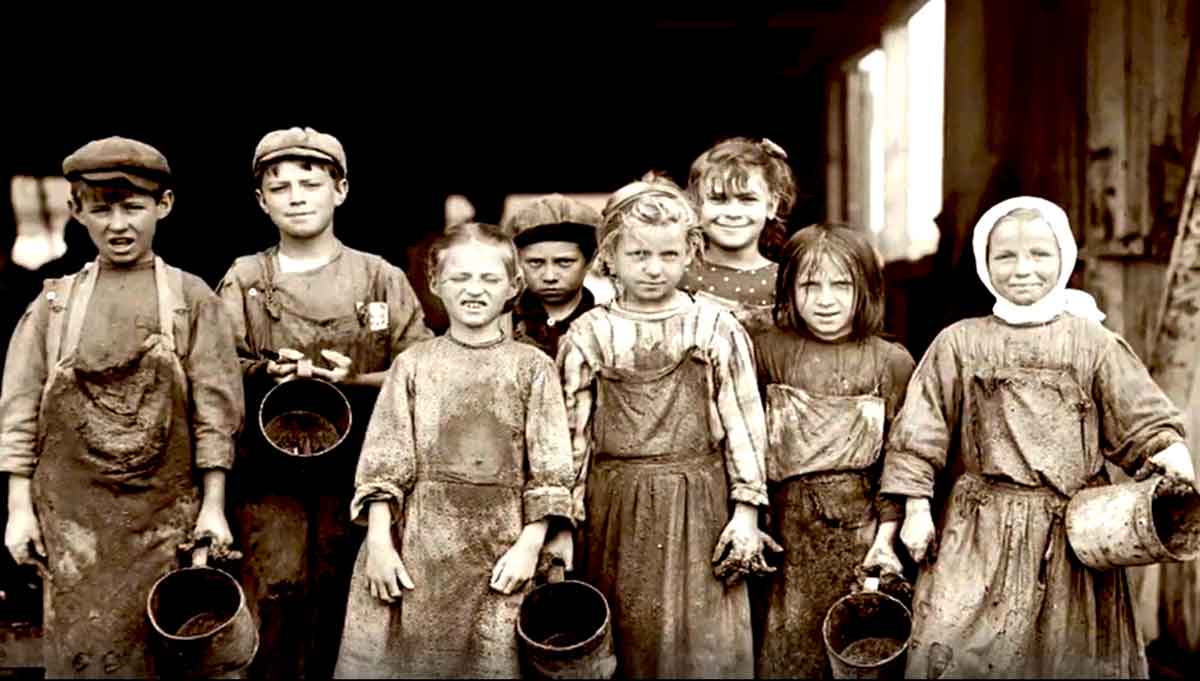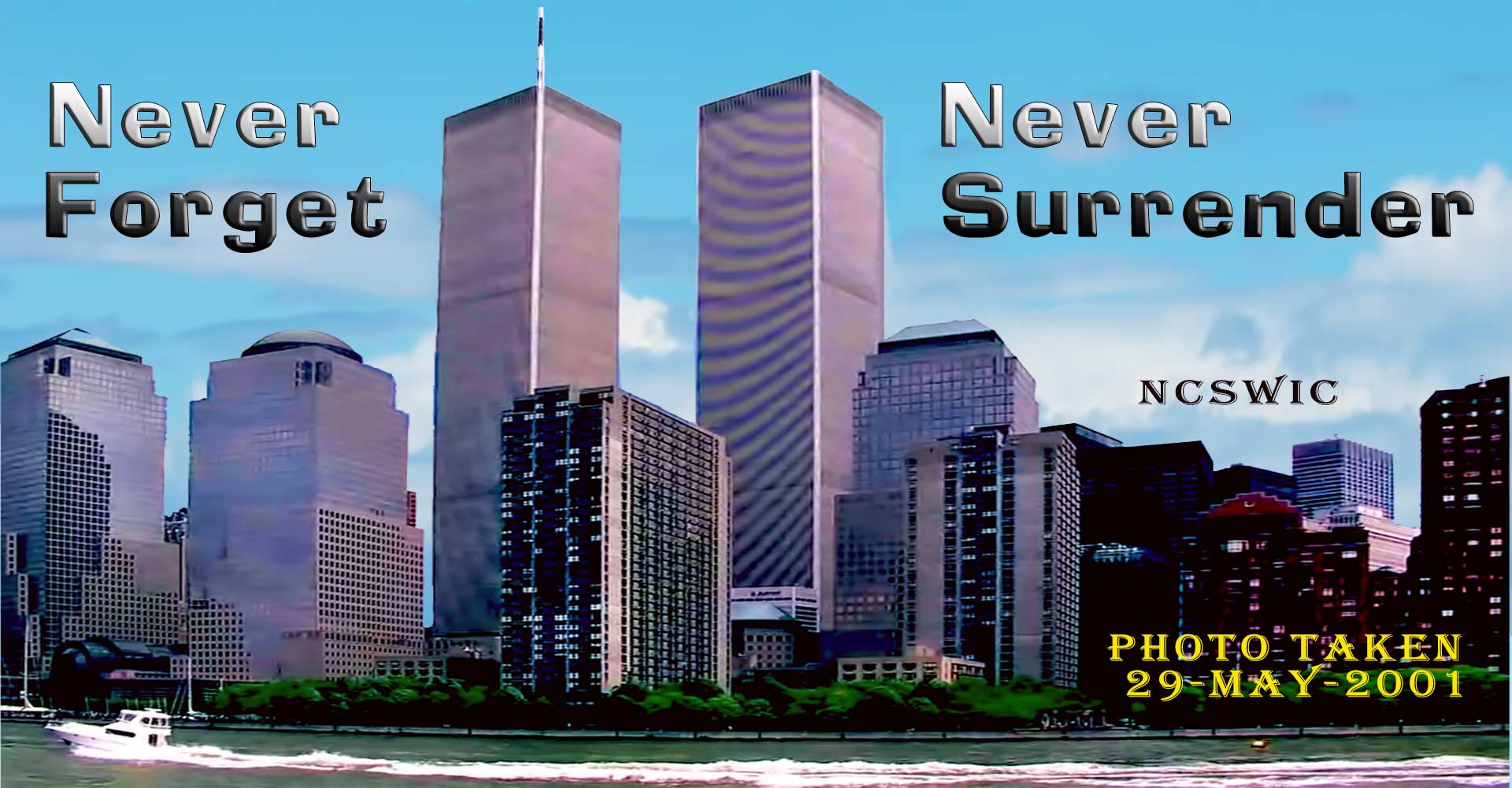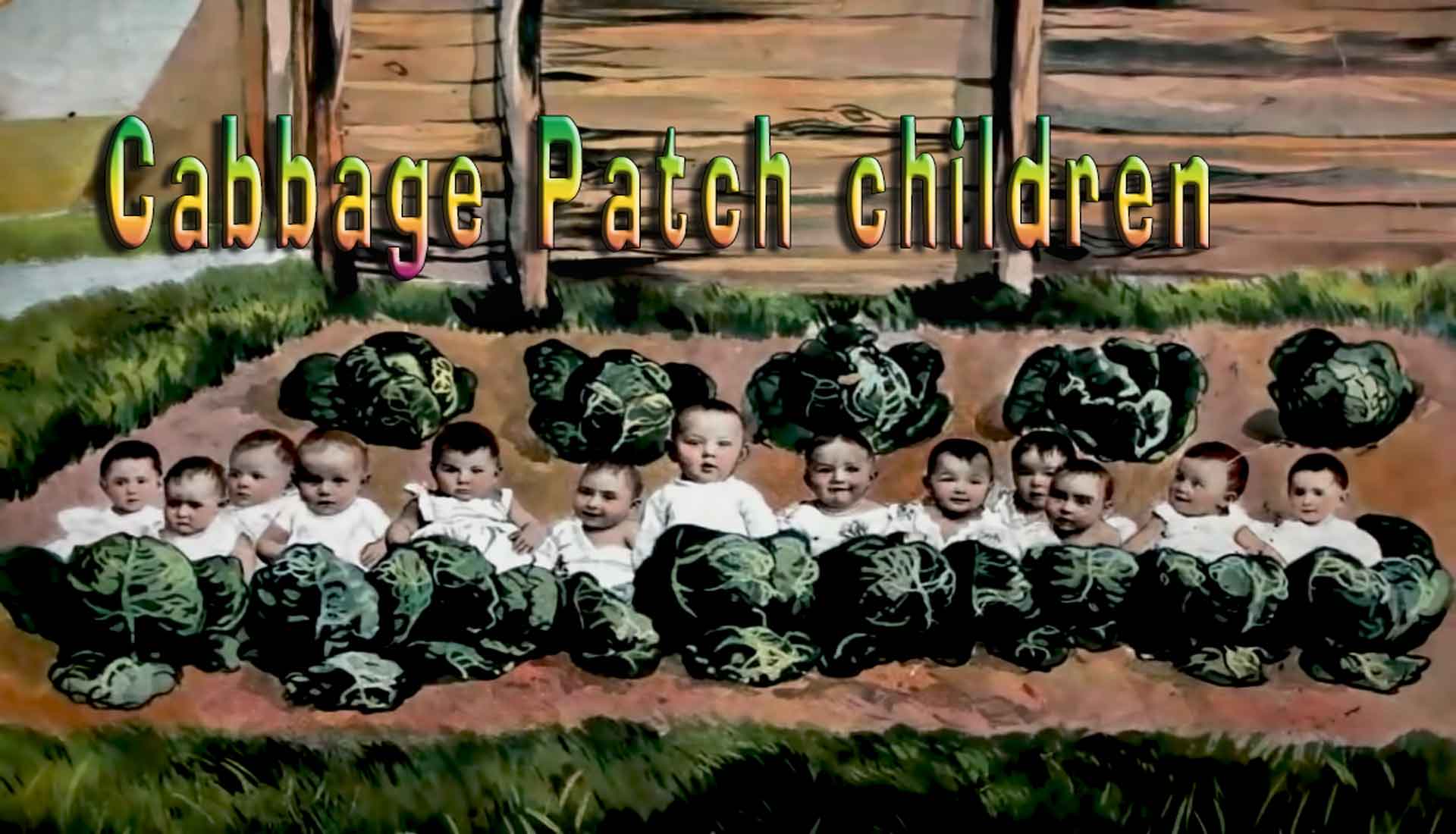








click this image for video


click the image below for ALL
website-page navigation buttons
or scroll down to
for page content



Go to Rabbit Hole Grand Central for links to all pages



Links

to more

pages

you might find

of interest

click image for video
Evidence of
Real Life Baby Farming
Repopulation and Reprogramming
in Ancient History
(video created by ‘Midnight Ride’
which is a popular channel that
supports itself selling merchandise
so there’s a few adverts
maybe go to about the 7:00 mark)
sold to families in the United States and around the world.
The first motion movie picture was basically
a sales video featuring cabbage patch babies for the World Fair.
There is evidence that Secret Societies had control over
the baby trade and the repopulation and
reprogramming of the United States.
click image for video
Ancient Cloning Factories:
Amazons, Foundlings, Incubators
& Test Tube Babies.
Mind Unveiled
An Excellent Collection of Alchemical and Occult Art and Ancient Pagan Religions
This is an eclectic mix of Ancient Region, Myth, Legend and the Greek Philosophers Musings on the Ancient gods. Though mixed with much speculation, it does cover some extremely interesting content.
Though this cannot in any realistic way be all tied together, it is still quite intriguing.
*********
Were there Cloning Factories in the past? Did the Ancients ever think of the ability to artificially create man? Make sure to watch the images, as many symbols are unveiled through pattern recognition alone.
How about the myths and legends of old such as Prometheus and the sculpting of man, many myths were esoteric secrets disguised as legends.
Yet when we explore the question of Ancient Human Farming, we are led to the first gods and goddesses, the most powerful of which were the fertility gods.
One of the Wonders of the World, The Temple of Artemis at Ephesus, was one of the largest buildings of its time, the largest bank, and home to the worship of Diana, or Artemis(The multi-breasted goddess), which goes back to the harlot gods of the Phoenician Astarte, and the Mediterranean Sumerian god Inanna/Ishtar/BAAL.
The symbol for the cult of Artemis is the QUEEN BEE, is there secret symbolism being used in the symbol of Diana of Ephesus, being that she is a repopulation symbol, and they are not breast but EGGS/OVA.
You can clearly see that the Statue of Liberty is linked to Libertas, which is connected with Minerva and other gods of liberty, who were all harlots.
Being a prostitute back in the day was linked to “liberty” and so the freemasons used it as a symbol.
Speaking of which, the Freemasons gave the gift of the “Statue of Liberty” or the Whore of Babylon during 1886, the photos look to be photo manipulated if you ask me.
Still, regardless this statue was meant to be an ode to Ishtar or the queen bee, A repopulation symbol representing how America got its new immigrants through Ellis Island.
This just so happens to be at the same time period that the orphan trains and “baby farming” were happening which hints at the inability of proper child care during the early 1900s.
These Baby incubators were actually connected and made for foundling hospitals originally, Why did the foundling hospitals have so many premature babies?
The incubator’s original design is based on a chicken incubator. Why does the foundling hospital have the Multi-Breasted Diana as its Logo, along with Libertas or the statue of liberty?
How long has the idea of artificial human creation or farming been around?
Is Alchemy involved?
AWAKENING:
Rule #1 – Everything you were ever taught is a lie by design;
Rule #2 – governments lie 100% of the time, they always have, and they always will;
Rule #3 – the Illuminati controlled mainstream media is not reality, but rather is lies, disinformation, half-truths, & fake events carried out by gov/media hired crisis actors (aka role players);
Rule #4 – Spirituality & Reincarnation are reality, whereas religions are simply government crowd control measures; and
Rule #5 – this plane(t) called earth is a flat, motionless plane, it is not a spinning ball hurling through outer space.
Furthermore, the 4 sources of disinformation
that are ALWAYS FAKE:
government, mainstream media news,
matrix sciences, & religion
![]() THE CABBAGE PATCH
THE CABBAGE PATCH
FAIRY IS
FIRST MOVIE EVER MADE,
INCUBATOR PROMOTION
click image for video
The Cabbage Patch Fairy
Lost Film is the first movie ever made
Alice Guy / Incubator Promotion
After the Repopulation Postcards and Cabbage Patch video, we received many amazing comments, one of which contained a link to an old movie named The Cabbage Patch Fairy.
The film on its own is incredibly strange, but after diving into the history of Alice Guy, and the alternative versions of this film, it became clear that the rabbit hole went even deeper.
Many found it hard to believe the postcards as any type of proof for repopulation, but now that we consider that the first movie ever made involves a baby merchant or fairy, showing off her babies in the cabbage patch… is it really that hard to believe?
It gets even stranger because it explains what all these postcards were for, For the incubators,
For Repopulation, For Reseeding, and For Selling Babies….
This seems to have been some type of operation and we are looking at the remnants of the artwork used to promote it.
The story is very interesting because outside of the repopulation subject, Alice Guy is known for being wiped from Film History, not too many people know about her, and there are over 300 lost films credited to her.
Is Alice or the Fairy, or the Merchant the same lady from the postcards?
If so, what are the implications?
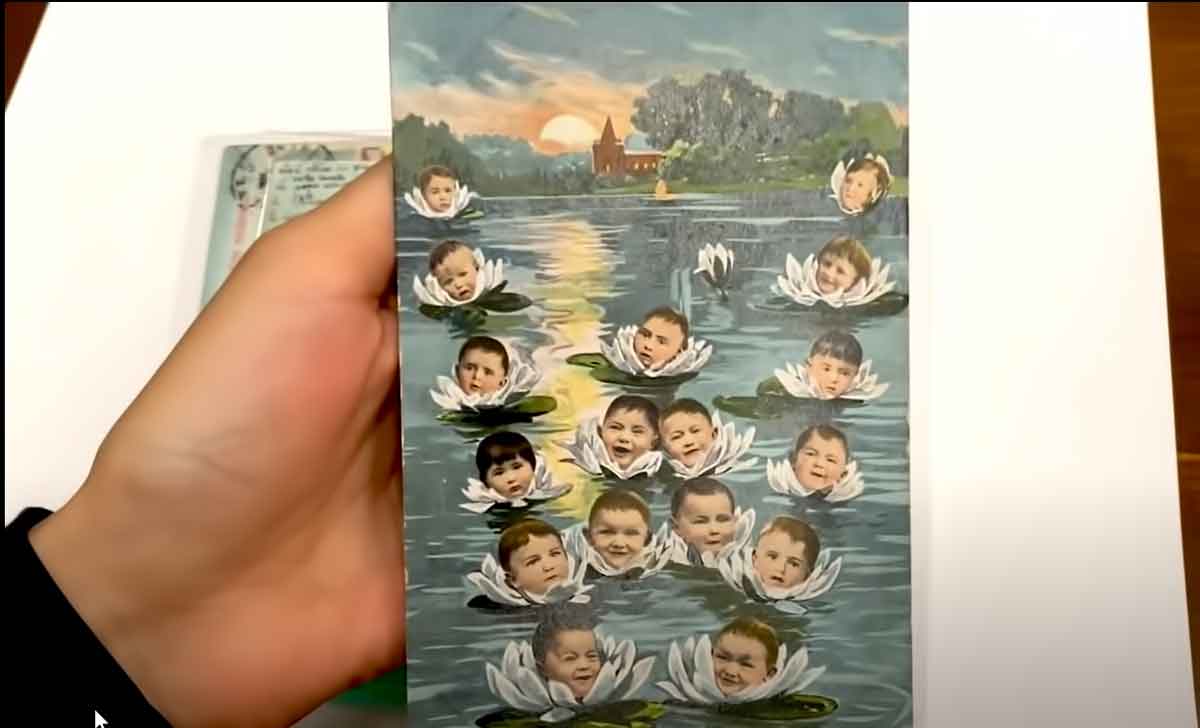
click image for video
Babies were sold as
PRODUCTS in the 1900s
“À Vendre”
New Repopulation Postcards
Collection Update
Would it shock you to learn that babies might have been sold as PRODUCTS during the Victorian era?
Explore these postcards from the early 1900s that seem to unfold a very particular narrative – these children are up for sale…
At first glance, it might appear as a quirky art collection, but as you delve deeper and connect the symbolism to alternative history narratives, their chilling message comes to light..
Click image for video
Everything you
were taught is a lie.
Babies were grown in incubators
and sent out West to repopulate
abandoned Tartarian cities.
The “Cabbage Patch Kids”
were sent on orphan trains
and distributed as free labour
to farms and factories.



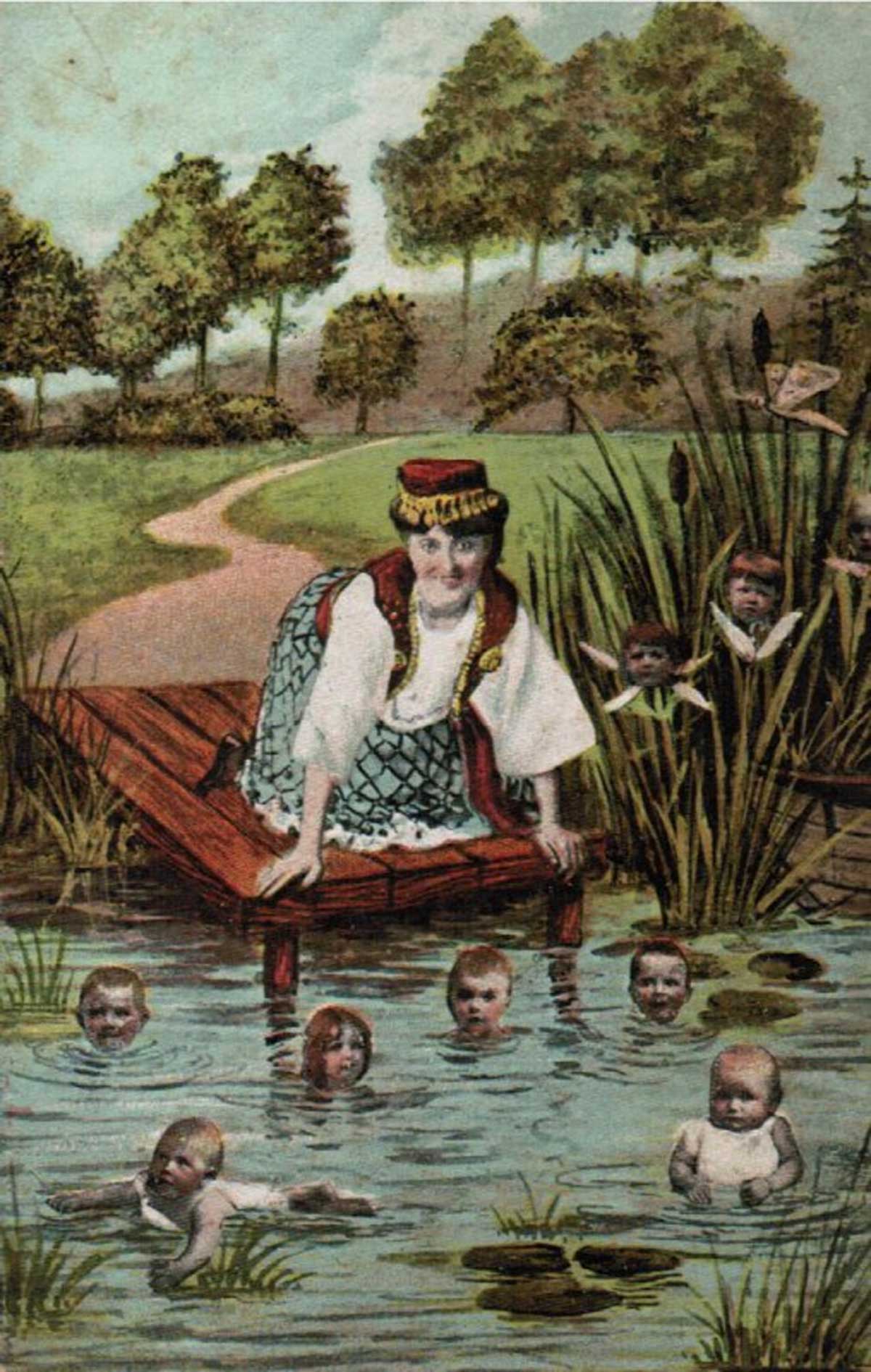
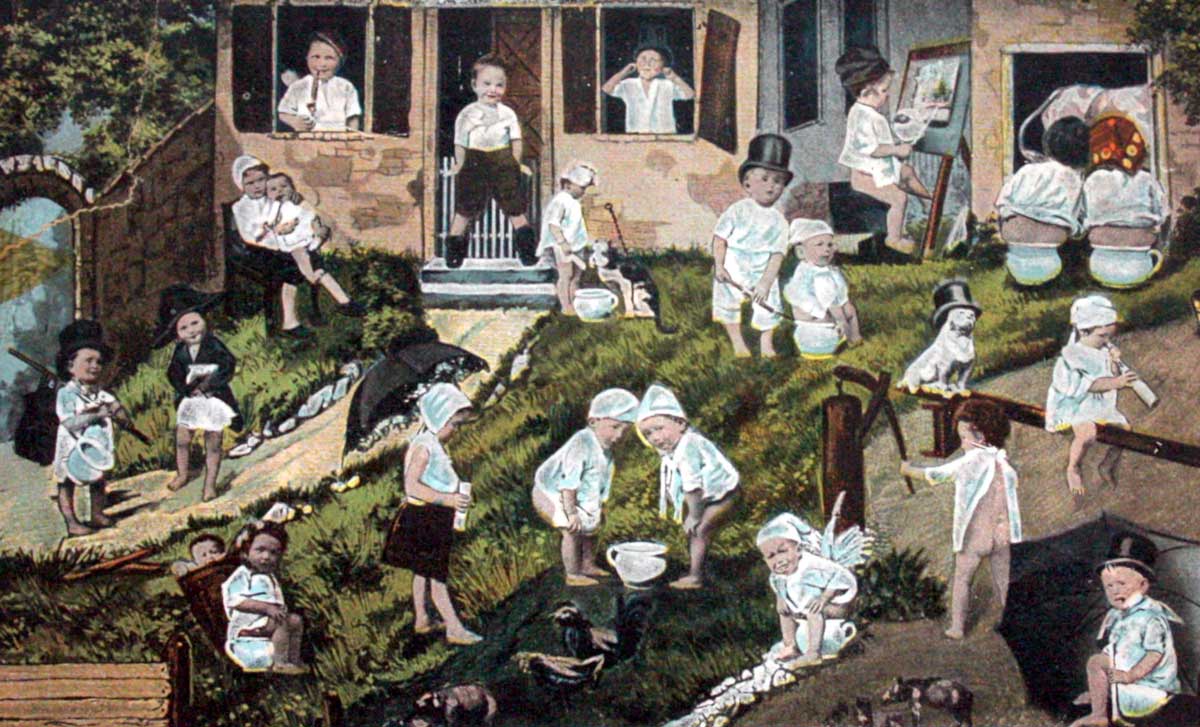

Click image for video
Rapid Human Cloning
WARNING!
CLONED HUMANS
FROM UNDERGROUND BASES
OF ILLUMINATI.
“UNREAL PEOPLE”
OF THE MATRIX
click image for video button for PDF
Trauma Based
mind control
(video)
Greg Reese
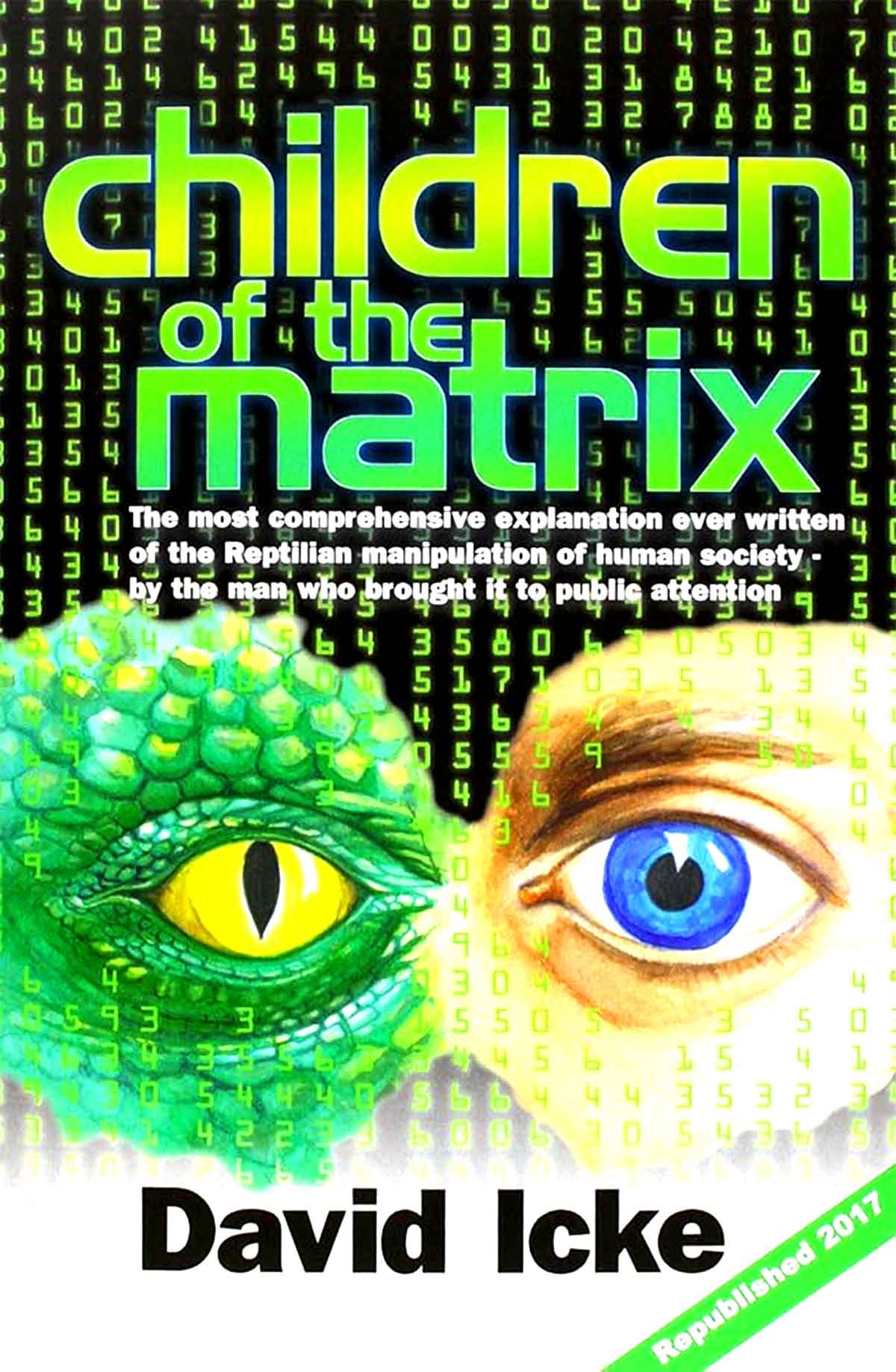
-0-0-0-0-
Independent Order of Odd Fellows (IOOF)
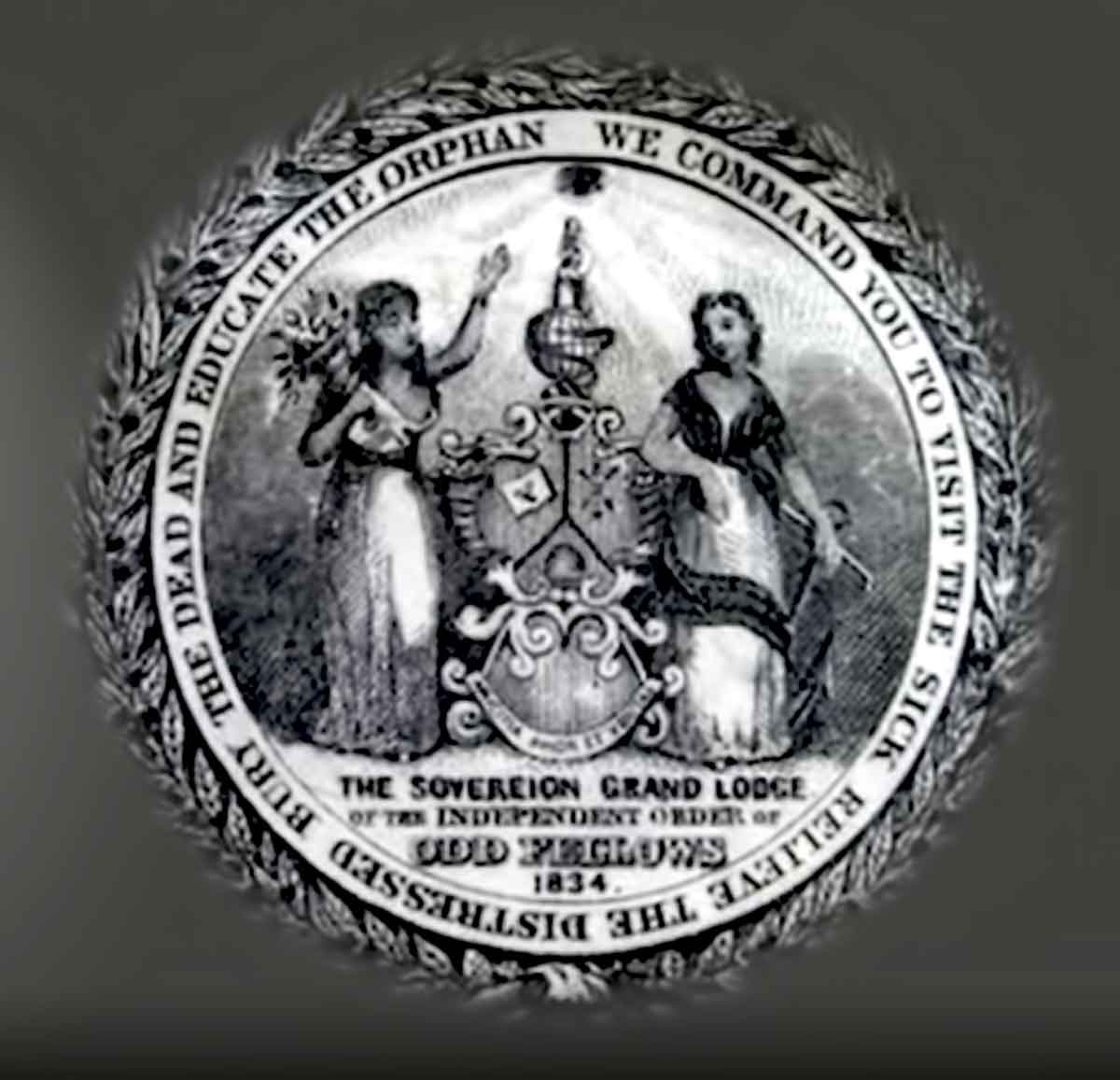

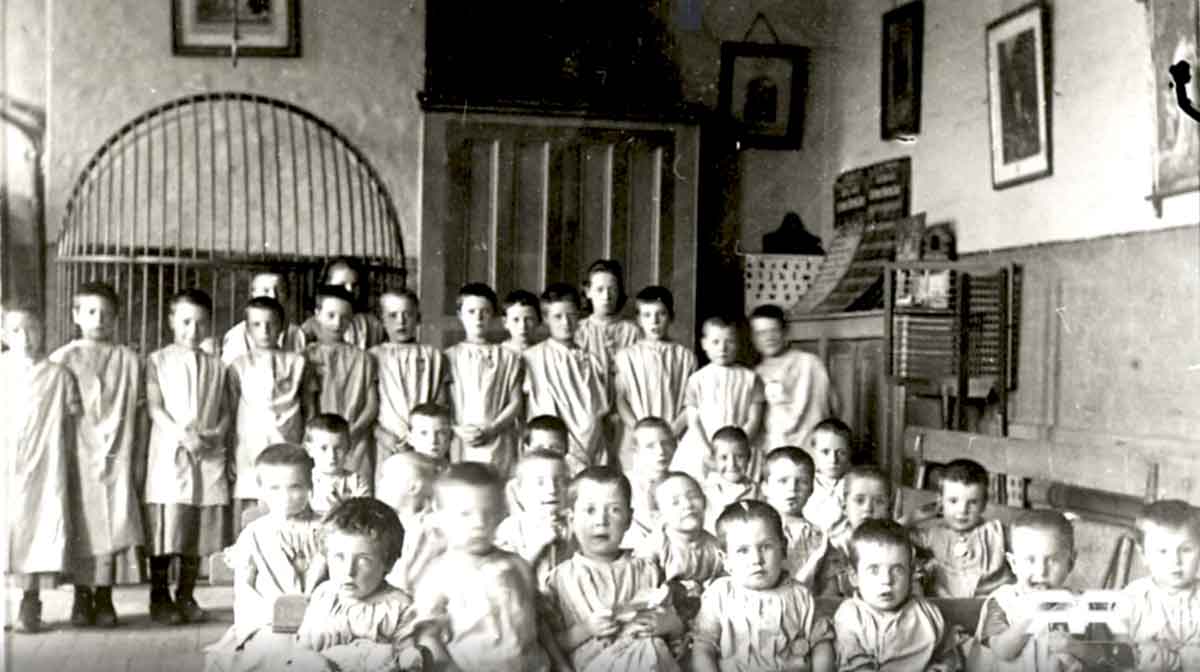
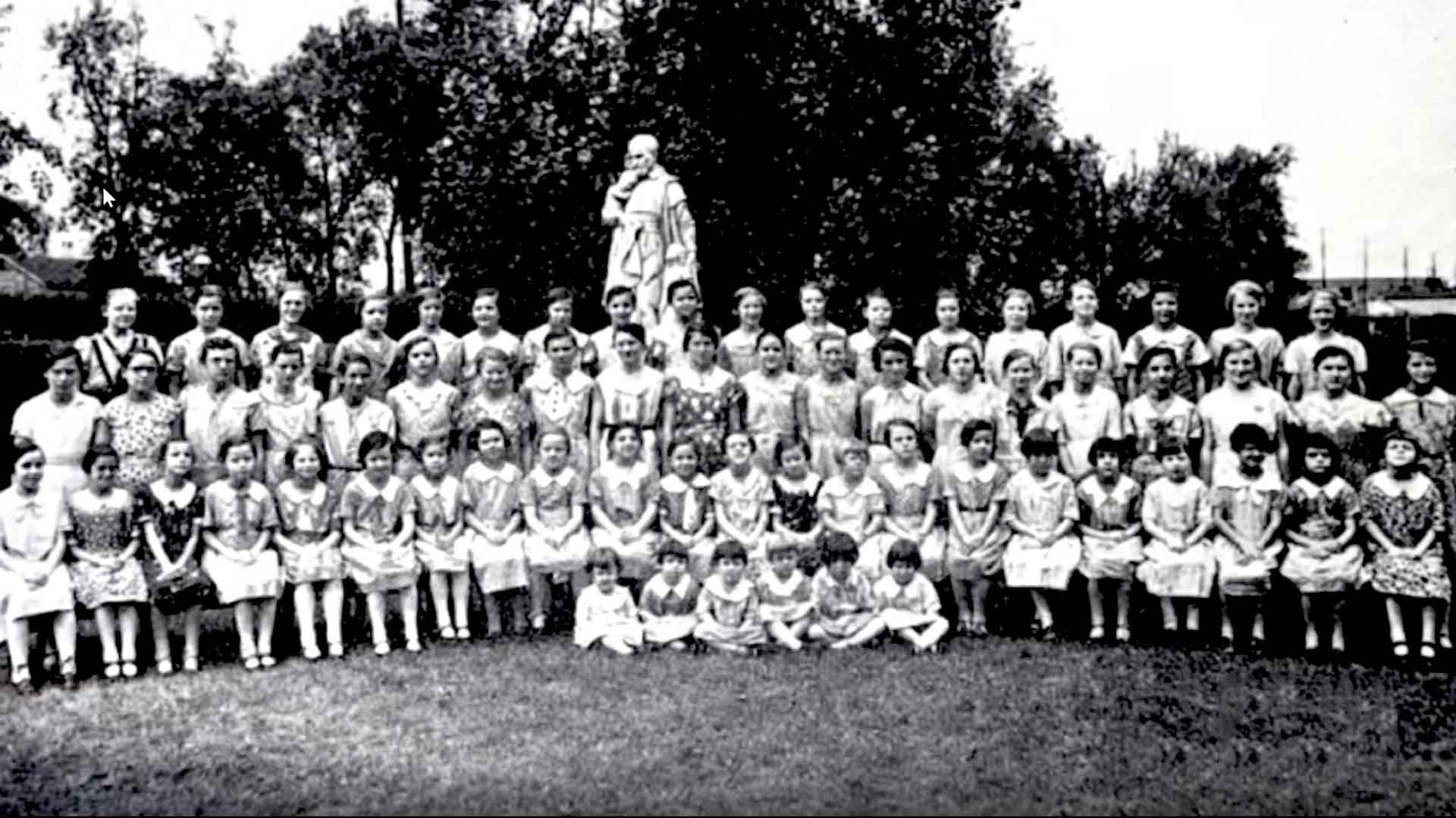
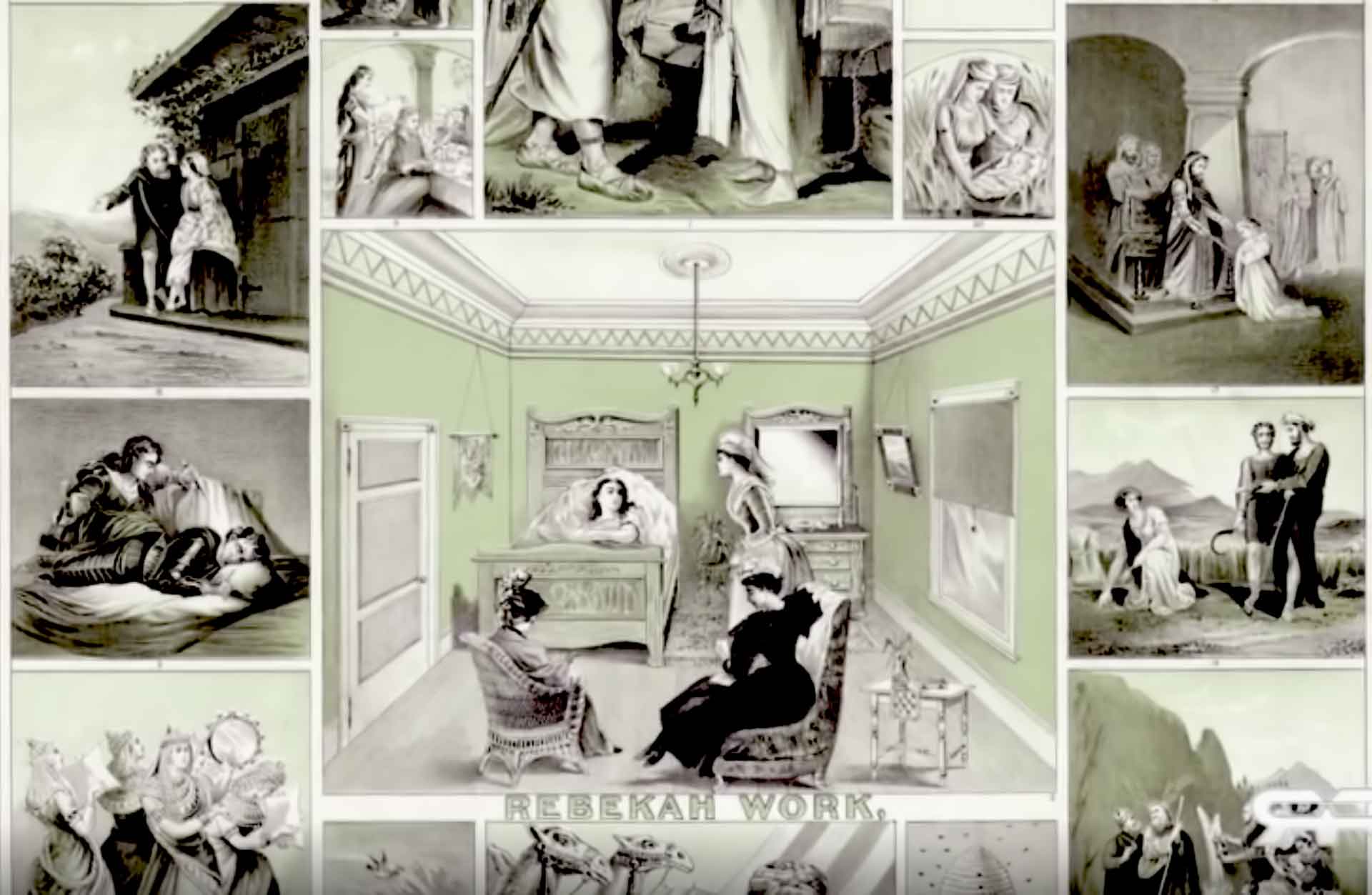
-0-0-0-0-
-0-0-0-0-

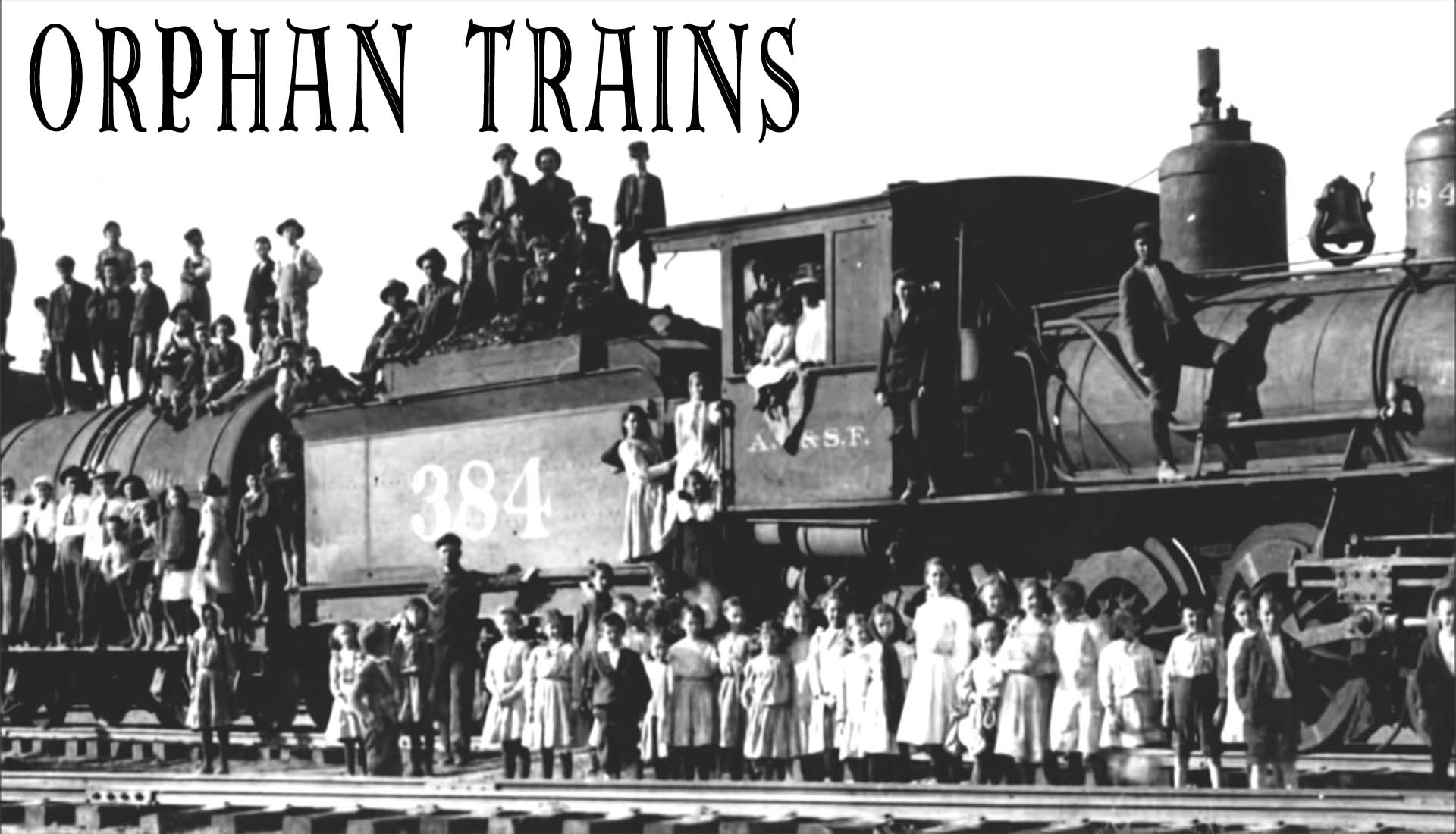



click image for video
The ‘official’ story
about these ‘orphans’
from the History Channel.
This video say that over 75 years
these trains brought more
than 200,000 children – just to USA
Where did they come from?.
To explain their appearance an excuse was used
that they was the illegitimate offspring of ‘loose’
women who prospered from the increased populations
brought about by the influx of men seeking their fortunes
in the mining areas brought about by the Gold-rush eras.
It also seems likely that these stories of
the ‘discovery’ of gold just waiting to be dug up
was a global lock-step co-ordinated effort
for re-population of already-built areas that were,
for reasons unknown, otherwise vacated.
The video gives the impression that all these children were
fostered into loving caring homes – but that was impossible.
There was no ‘vetting of new parents,
in fact many children and babies were simply
sold to anyone who wanted to purchase one,
like going into a baby-shop.
it does not mention that many,
or maybe most of the children endured abject poverty,
cruelty and slavery in work-houses and heavy industry.
Maybe/probably even pedophilia.
It seems they weren’t just ‘fostered’ – they was sold.
This ‘fostering’ of ‘orphans’ was not unique to America at this time –
this practice was ALSO going on in, at least, the UK, Canada and Australia.
The fate/experience of these children was similar in every country.
Many just ended up a slave labour – or worse, with no opportunity for help.
FACT
Nowhere have we been able to locate any report
from any adopted ‘orphan’ who made it
to adulthood to report on how lucky
they consider they was to have been
adopted by a wonderful caring family and what
a blissful life they experienced as a result.
Not one!
not a single report of any kind,
not from any country.

click image for video
Orphan Trains: Americans
Sent Children Away for Slave Work
The supposed foster care
was a form of slavery
As many rural immigrants also flocked to New York, children had their competition in the job market. Affluent families started hiring local migrants as servants instead of children because these adults desperately accepted cheap labour.
Consequently, it pushed children to live and work on whatever jobs they could find on the street.
Some of them were as young as three years old.
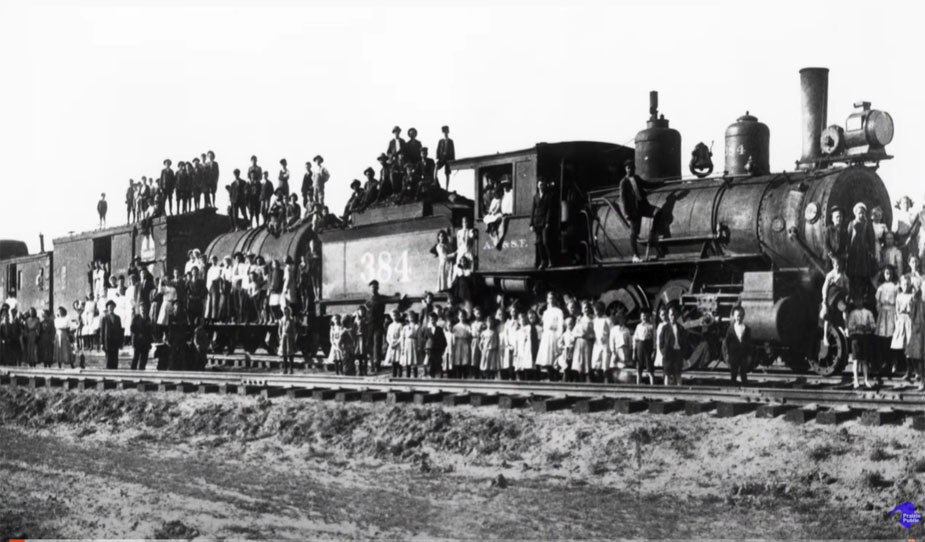
click image for video
The Orphan Trains

click image for video
The Vanishing
Video - click image
Queen Elizabeth II
monster bloodline
Where are the
Kamloops children?
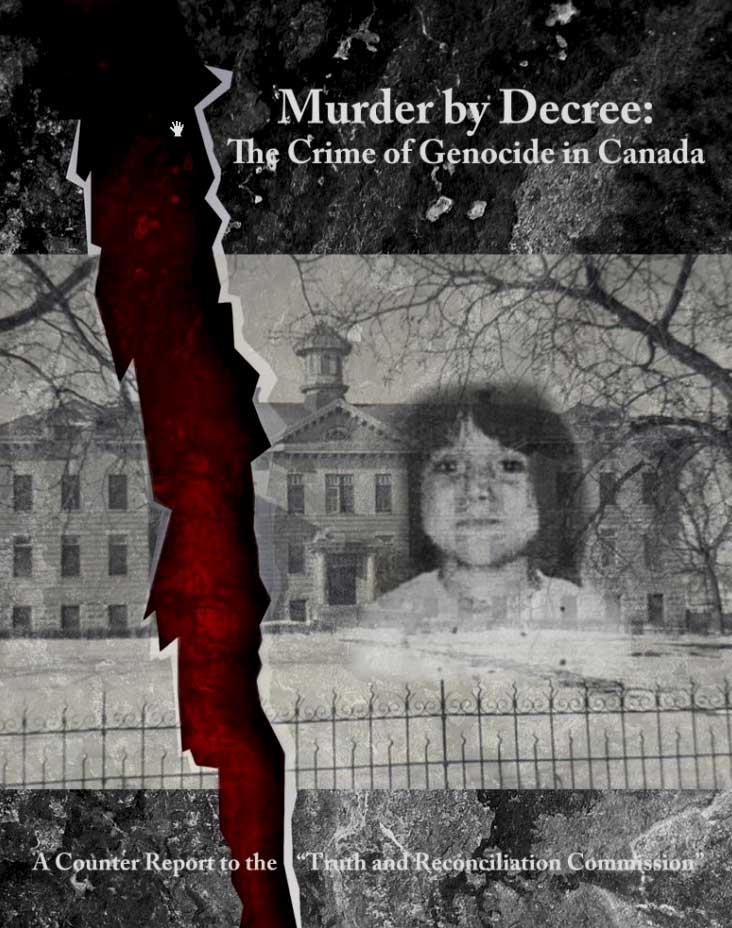
Click image for PDF
Murder by decree
In Memory To the many tens of thousands of children who died while in the internment and death camps falsely called “Indian residential schools”;
To those men and women who have fought against impossible odds to recover the memory of those children and the truth of how they died, and bring to justice who and what is responsible;
And to those who suffer and die today at the hands of the same criminal system. “Earth, cover not their blood” And in Acknowledgment Of the heroic efforts of three ground breaking citizen-based Inquiries into Genocide in Canada:
The Truth Commission into Genocide in Canada (1998), The Friends and Relatives of the Disappeared (2005) and The International Tribunal into Crimes of Church and State (2010); and of Rev. Kevin D. Annett, who has fathered and led these movements from the beginning at enormous personal risk and sacrifice. What Canada and all survivors owe to him is incalculable.
click image for video
Operation:
Pied Piper
The evacuation of around
three million people (children)
to rural locations during WW2
The only information we can find is
from the ‘official’ reports and videos
produced by the government.
You’ll have to decide for yourself
their authenticity.
Seems if 3 million children was re-located
there’s few, if any, reports
from any of them about their real experiences.
One would think if it was such a successful
operation governments would be
broadcasting details everywhere
and parading successful evacuees
in front of every camera.
-0-0-0-0-
Operation Pied Piper was
planned long before war was declared.
Seems the operation had little to do
with the safety of the children and
more to do with allowing mothers
to be available to work in war factories.
-0-0-0-0-
The evacuation of around three million people to rural locations beyond the reach of German air attacks deeply affected the nation.
This was the first time an official evacuation had ever been deemed necessary and the experience of mass evacuation – the biggest and most concentrated movement of people in British history – remains uppermost in the minds of those who lived through the war.
The majority of people who were evacuated were children and, for that reason, the operation was codenamed Pied Piper, fittingly named after the rather menacing German folk character.
Planning the evacuation
The scheme had been planned before the outbreak of war.
A committee led by Sir John Anderson was set up and met for three months from May 1938, consulting railway officials, teachers and the police.
Local billeting officers were appointed to find suitable homes for evacuees and they set about interviewing possible hosts.
Following selection, a host was compelled to take an evacuee; those who refused faced the threat of a fine.
In return, hosts could expect to receive payment via the Post Office.
A Phenomenal Undertaking
The organisation required to undertake the task of moving three million people around the country was phenomenal.
For four days the country’s major train stations provided a route out of cities.
Operations were coordinated by teachers and volunteers.
Children were tagged and allowed to carry a stipulated amount of luggage along with their gas masks.
They did not have an allocated foster family to meet them and were hand-selected on arrival, which led to the agonising experience for some of being chosen last.
Evacuation didn’t just take place from major cities, nor did all evacuees stay in the UK; some travelled abroad.
Britain also feared invasion from the sea and the eastern and south-eastern coasts were particularly vulnerable.
Heavy-Handed Propaganda
The first day of the evacuation was portrayed in the national press was a great success and an example of the people’s optimism, strength and commitment to the war effort.
But many witnesses remember only chaos and confusion, and parents were heartbroken to see their families divided.
And the process wasn’t always the answer to securing children’s safety.
In the same account of an evacuation from Norfolk, it was recorded that: ‘[The children] sailed from Scotland and, after a week, we were awakened early one morning by the telephone to say that the ship had been torpedoed, but that our girl had been taken by a tanker to Glasgow.’</span
A life-Changing Event
For some children this was their first taste of living in the countryside or abroad; not all of them found the change easy to adapt to.
Some children were treated badly.
Others, however, found new friends and enjoyed new experiences and, when the war came to an end, the return to city life was equally emotional.
A short documentary was produced in 1939 called ‘These Children Are Safe’ which showed how Operation Pied Piper was helping to settle children into their new safer homes.
This documentary as a piece of research cannot be trusted entirely, whilst it gives details of the exact events that occurred, it goes to great lengths to persuade us that these children were living happy lives.
This is clearly a piece of war propaganda
designed to ease concerns of parents
who’s children had been sent off
to the countryside areas.
This second documentary titled ‘Operation Pied Piper – Evacuee Stories’ supplies us a much better view of what this time period was like for the civilians involved in the evacuation.
The piece has several accounts of events during the war from the children of the evacuation, it tells us more about the terror suffered during the beginning of the aerial raids and the reality of how children and women were treated in their various accommodations across the countryside.
Not all evacuees had it bad though during Operation Pied Piper, and the youthful optimism of children prevailed through this trying time. They would find pleasures in the little things in life.
In one account of a girl named
Enid’s tale of her time as an evacuee she states:
“We lived on the flat part of the valley and had small mountains both sides.
Evacuees had never seen such scenery before so after school we would race over the railway lines, through a broken fence and up the mountain.
The best part was running as fast as we could downhill, often falling on the grass until we reached the road.”
![]() Enid’s story
Enid’s story
click image or see below
“Torpedoed as they clutched their teddies:
The harrowing story of how Nazis sunk a ship carrying 90 children from the Blitz to America.”
During the beginning stages of the Evacuation our interviewee was due to be transported away to Canada but before they could get there the boats were blown out of the water by German U-boats.
This was a key moment in our interview as we established from previous conversation that Maurice found telling this particular story was quite saddening for him.

‘Enid’s:
story
Three new sisters
I was born in 1934 and lived with my aunt and uncle in a valley in Wales.
I knew my uncle had an important job because we were the only people in the street who had a telephone.
My uncle Tom was a Relieving Officer for our area; this means that when people got into trouble with money, or they would go barmy, they would come to our house to ask him to help them.
So one day my aunt told me that there would be three sisters coming to stay with us from Hanwell, just outside London because England was at war with Germany.
She called them evacuees – I never heard the word before
It was my Uncle’s job to meet these children and teachers at the station and one by one show them the houses they were to stay in.
I remember looking down the street at these strangers walking towards us clutching their gas masks, suitcases and food bags, looking very tired.
They had left their mothers at Paddington Station in London to travel down to our village…
I felt very excited about having girls my age living with me.
Can you imagine what they felt like?
They walked into the living room and stood looking at a big coal fire burning in the grate.
I remember wondering why they stared at the fire but after getting to know each other, they told me they had never seen such a fire before and Diane, the youngest said when she felt the warmth, it made her feel very happy after such a long journey
Diane the youngest was a year older than me, Audrey, two years older and Jil about ten, known as the Aylott family
In the beginning I found their accent hard to understand and they said we talked funny!
This difference in accent -although we were all English – became a problem at school because one day I was in a class of thirty – the next sixty!
Can you understand what it felt like to my school-friends to try learning with accents in a very crowded classroom
We lived on the flat part of the valley and had small mountains both sides.
Evacuees had never seen such scenery before so after school we would race over the railway lines, through a broken fence and up the mountain.
The best part was running as fast as we could downhill, often falling on the grass until we reached the road.
The girl’s mother worked full-time so they had been brought up to carry out tasks for themselves and around the house; polishing shoes, making their own beds, laying out the supper-table.
I found this very strange as our mothers never worked so we never had to do any jobs at all
The girls stayed with us for about a year and went back to London but returned a couple of years later when the bombing became bad.
Diane and Audrey came back with their friend Gretchen who lived across the road from them in London.
I didn’t like her because she was jealous of our friendship.
I also didn’t like her mother who was not very nice to my aunt, but I did like Mrs Aylott.





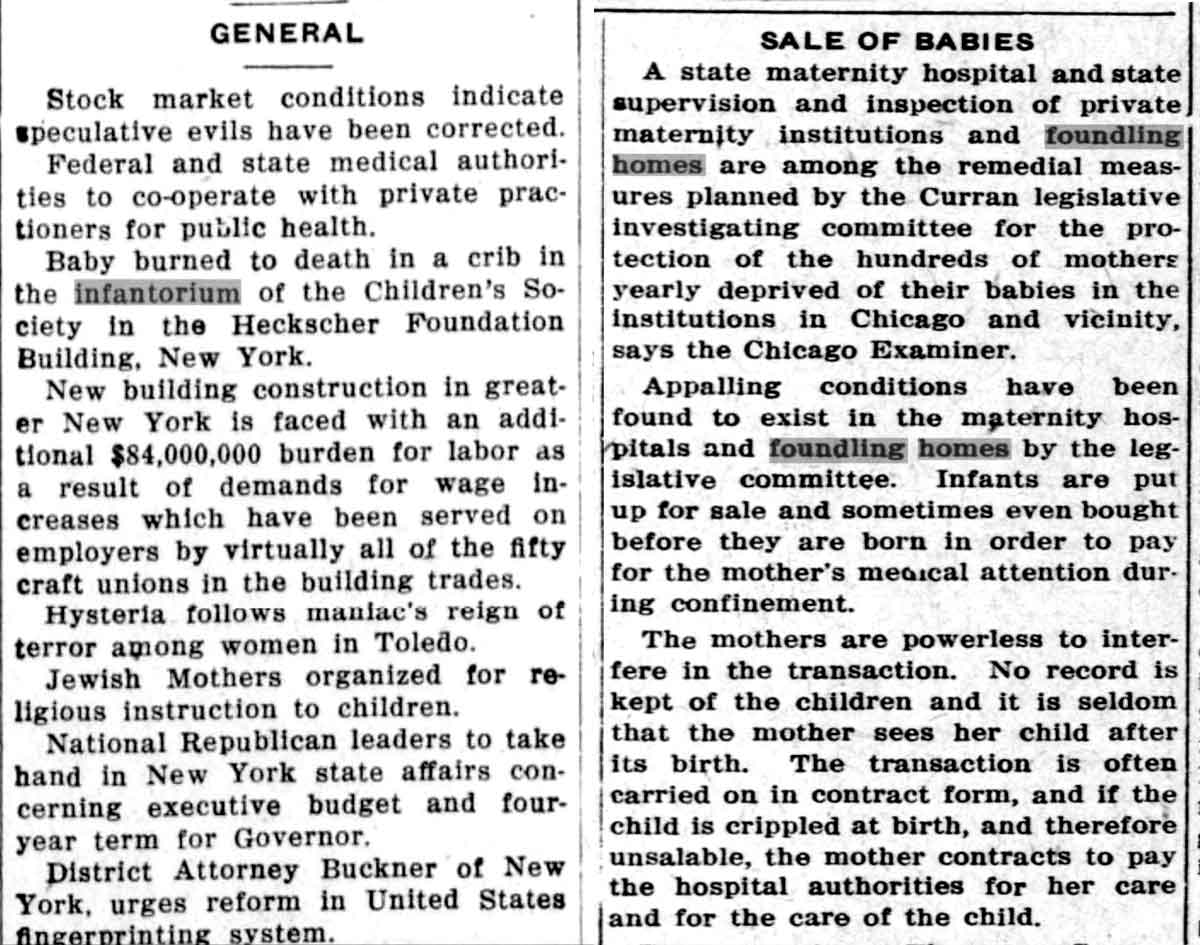
click image for video
THE REST OF THE DEAD
CABBAGE PATCH KIDS
And when God had compassion over them and had desired to multiply them upon the face of the land, he ordered his earth to receive them to be preserved therein till the time of their growing up, after which the earth opened its mouth and vomited them forth and they sprouted forth from the city like the herb of the earth, and the grass of the forest, and they returned each to his family and to his father’s house, and they remained with them.
Jasher 67:56

click any image for videos
![]() Click HERE
Click HERE
for one of the most astonishing videos ever made
click any image for videos
click any image for videos
click any image for videos
click any image for videos
click image for video
AETHER
BY
MARCIA RAMALHO
TELLS A STORY
OF A FALLEN CIVILIZATION
CALLED TARTARIA
recommend
don't miss anything
watch at a slower speed
50% suggested
One of the most astonishing videos ever.
Don't miss this.
-0-0-0-0-
aEther is the element, mysteriously removed from our current periodic table, that’s thought to fill the region of the Universe above the Terrestrial sphere.
In mythology it was thought to be the pure essence that the Gods breathed, filling the space where they lived, analogous to the air breathed by mortals.
All cities located at strategic points on Earth along rivers, seas and oceans were Star Fortresses
utilising electromagnetic energy extracted from the aEther.
The energy in the aEther was captured through towers and obelisks and stored in red and white striped power stations of the high civilisation called Tartary.
There was always a water fountain close by.
This planetary civilisation was destroyed in the 20th century using floods, energy weapons, scheduled mass exterminations and epidemics.
All the architecture and technology was passed into the hands of the Parasites who falsified our past history and created the current docile civilisation of an ignorant species, we call humans, that it has enslaved.
During the ficticous period of April-July 1887 a ficticious investigation led by the fictitional Albert A Michelson and Edward W. Morely set out to, and succeeded in, conclude that aEther does not exist.
It is in the shadow of this false experiment the equally-false theory of the fake and manufactured Einstein that all current non-science rests. Einstein was not a scientist and employed by Freemasons to create a fake theory, that did not make any sense and therefore could not be understood, to confuse people
Names of other scientists, like Mendelov would glamorously fill the falsified-history books after our defeat and are also false.
All the fundamentals of modern technology were reared by the previous civilisation.
NOTHING was invented or discovered
by our civilisations during the 19th-20th centuries.
EVERYTHING already existed and was simply passed on to us to be ‘discovered’ or ‘invented’ in a time-frame not of our making.
Consequently, people are blinded, non-informed and ignorant Tartaria, a highly advanced civilisation that existed before our current world of mediocrity, since it’s been erased from all our history and education.
However, it's previous existence is clearly visible to those who want to look a bit closer at much of our current World’s infrastructures, technologies and architecture.
click image for video
TARTARIA
THE HIDDEN / STOLEN HISTORY

"aETHER",
the water which
connects everything
Video edition by
ARJAN HARTMAN
Essay by
MARCIA RAMALHO.
"aEther is the material supposed to
fill the region of the universe
above the terrestrial sphere.
In mythology, it was thought to be
the pure essence that the gods breathed,
filling the space where they lived,
analogous to the air breathed by mortals"
-0-0-0-0-0-
(From wikipedia)
"aEther is the material supposed to fill the region of the universe above the terrestrial sphere.
In mythology, it was thought to be the pure essence that the gods breathed, filling the space where they lived, analogous to the air breathed by mortals"
All cities located at strategic points on earth along rivers, seas and oceans were star fortress and had electromagnetic energy extracted from the ether.
The energy was captured through towers and obelisks and stored in the red and white striped power stations of the high civilization called Tartary.
They always had a fountain with water near them.
-0-0-0-0-0-
This Planetary Civilization was destroyed in the 20th century through floods, energy weapons, scheduled mass exterminations, epidemics.
All the architecture and technology was then stolen and passed into the hands of parasites, who falsified our past and created the current ignorant civilisation
On the fictitious date of April-July 1887, a fictitious investigation, led by the fictional scientists Albert A. Michelson and Edward W. Morley, intended to prove that the Aether did not exist.
The fabricated Morley-Michelson experiment concluded that there was no Aether.
It is in the shadow of this false experiment that the false theory of relativity, by equally false Einstein, and all current science rest.
All the scientists, including Mendeleev, whose names would glamorously fill the history books after our defeat, are false.
All the fundamentals of modern technology were reared by the Previous Civilization.
Nothing was invented
or discovered in the
19th-20th centuries - (by us)
that we use today.
Everything we take for granted now
is inherited.
It's 'invention' and and release
is timed to let us think
our society is 'clever'
and 'developing'.
If someone does invent something useful
(like a water-powered car or a
medical device facilitating natural healing)
they'd be advised to keep it to themselves
as these people seem to have a habit
of disappearing, along with their inventions.
What they invariably do is go running to
the 'Patents' office to announce their invention
thereby alerting that they need special attention.
Everything already existed in the world empire
that I call 'White Federation'.
Some people are suspicious of Tartaria's existence
since they had never heard of it before they saw
the first version of my Aether video two years ago.
But they were blind.
These people fail to realize that
Tartaria' is just a word to designate
the Highly Advanced Civilization
that existed before the current
mediocre one and whose presence is
blatantly visible in all of the
whole world's infrastructure,
technology and architecture.
Click image for video
FAKE history
Tartaria is never
spoken about or taught
and has been erased
from history

Trump Towers
are
Tesla Towers...
they are built of Gold
They are also
time travel machines...
Nikola Tesla made the
NewYorker building
into one...
Question :- Where would be a good place
to hide famous people in the
witness protection program?
Answer : - ... in hotel rooms that are
portals to time travel
... hidden in plain sight!

The original
Eiffel Tower
This was the original design of the Eiffel Tower and served its purpose of collecting free energy like many other Old World buildings. In addition, airships could dock at the top.
It is officially claimed that this design was never realized as seen in the painting and that the Eiffel Tower was only a temporary building for the World's Fair and it was only later accidentally discovered that it could be used as a radio station.
What a huge fairy tale that the historians of this world are trying to tell us once again.
The truth is, the Eiffel Tower originally stood exactly as shown in the painting and was then sort of neutered for the World's Fair.
Only those who know the truth about the past can understand the present and shape the future!

Video - click image for video
Hajj
is it a battery?
click image for video
History is made up.
Everything that happened
before 1860
is hidden from us.

click 'orphan' link to go to page
... the mystery gets deeper!
As time went on, our own research into this subject uncovered another mystery which, though it's likely related, we decided need it's own page as it's a huge subject all by itself.
It's about the ORPHANS that started appearing in huge numbers around the early-mid 1800s.
Nor was they 'children', old enough to look after themselves, they was babies, that needed looking after by nurses in orphanages - of which there seemed to be an ample supply of.
Odd, given that promiscuity of 'fallen' women was frowned up in those times and that a baby produced by one could expect little charity from the society of that era.
It appears that a planned and organised re-population on earth was going on.
Who was responsible for this, why it was deemed necessary to hide it/lie about it- and why it was deemed necessary to keep it hidden from history is not know, (yet).
This page offers little in answers and much in question.
Maybe an explanation will occur one day - but not if we allow it to remain in the darkness of our fake-world-history story we've been fed.
And by whom?
And, then, perpetuated in all taught,
(or more correctly untaught?), history.
Our research has not yet come up with an explanation to this subject - but there's so much material now coming to light we decided to separate into a new topic.
For now - check out the information below, (all sourced from elsewhere), bring yourself up to speed.
The various video platforms,
e.g. YouTube, Bitchute, Rumble ... etc.
will also provide a colossal amount of
information for those
who choose to research further.
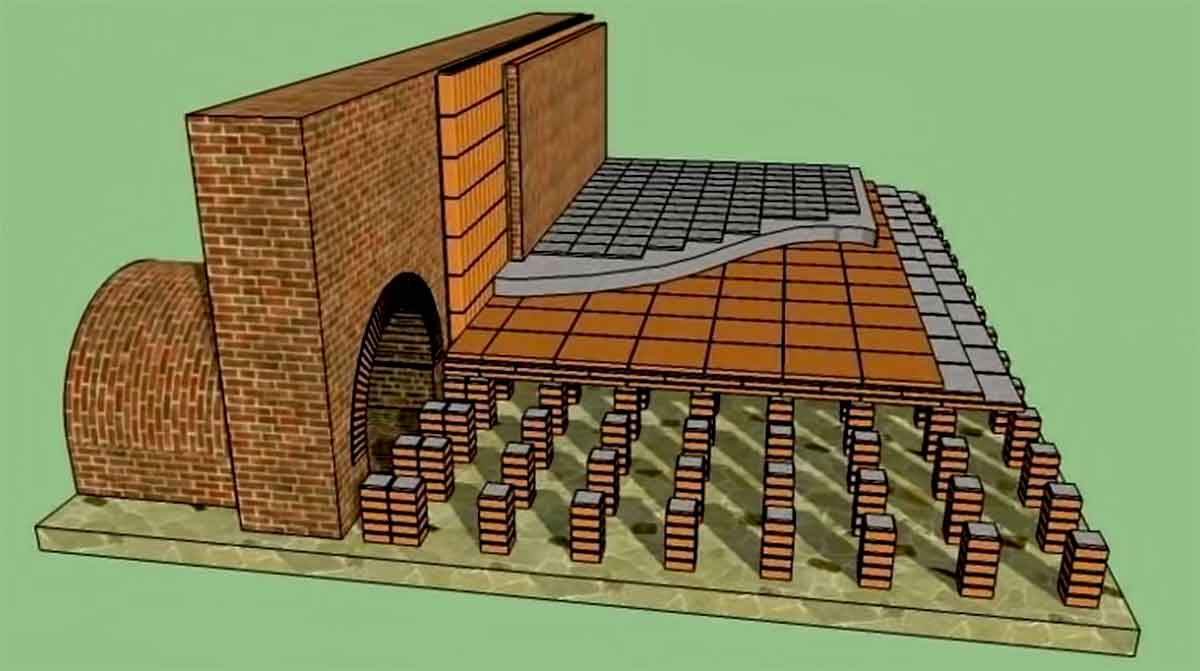
Roman underfloor heating
the date we're told
makes no sense
Roman heating worked like this: hot gases were vented into cavities in the walls and floor, heating the dwelling, only then escaping through the chimney from the house.
But this system consisted of fireclay bricks, found by archaeologists.
The problem is that fireclay bricks are fired at 1'300-1'500°C in rotary kilns.
No idea how an ancient Roman could get it if the wood produced a maximum of 900°C and the coal 1200°C?
Not enough temperature! And that kind of temperature became possible closer to the 15th century.
The Romans just didn't know they didn't have the right technology.
Well, either the dating is wrong by a thousand and a half years. Or history is deliberately "aged" and "ancient"
Rome was in the 15th century.
click image for video
What is the
Tartarian conspiracy?
Brian Wilson breaks down more insights
into the history, advanced technology,
and architecture
attributed to the Tartarian people.
Click image for video
History that
has been hidden?
The greatest empire
that may or may not have existed.
What do we know about Tartaria?
I am joined by Guy Anderson,
author and reseacher,
who introduces me to the
so-called conspiracy of Tartaria.
-0-0-0-0-

click image for video
TARTARIA & FREE ENERGY
THE HIDDEN,
BECAUSE STOLEN, HISTORY
click image for video
There is NO SPACE
EARTH IS A FARM
𒐆𒐆𒐆 >>> MATRIX <<< 𒐆𒐆𒐆
> There is no space, (in the way we are taught to think about it we live in a completely enclosed ecosystem under a dome called the firmament )
> NO one can come visit from another planet because they can’t break through the dome.
> For the same reason no one can fly to another planet.
> When they talk about space and planets they mean deep ocean and other continents accessible only via the deep ocean.
Antarctica is not a continent -it’s a giant containment ice-wall surrounding a crater called earth it’s also called the van Allen belt.
> One can leave the earth crater only deep under the ocean through gates on the bottom of the ocean and reach other continents called planets.
> The seven planets of our solar system are allegories and are not physical places/realms.
We reside on this giant continuous terrain/realm called the universe.
> There are many other continents called planets outside the Antarctica wall.
> There are many living beings living on these continents outside the earth crater called aliens.
These aliens are previous creations and some of them look humanoid.
> There are humans being enslaved on the other continents outside of the earth crater -what they call space colonies hence why over [ 8 ] million humans disappear every year.
> The original nepheline bloodlines are alive and well living underground the earth crater and on the other continents outside Antarctica belt.
The earth is not as old as we are told - it’s way younger than we are told.
> We are currently in year 723 +/- a few years A.D. and not in year 2023.
> 1300 years of invented human history never happened - they were simply added to obscure the destruction of Tartar and explain architecture and remaining artefacts.
Tartarian super-advanced technology was deliberately destroyed although it is unclear who destroyed it and who the parasites were Tartaria did exist although I believe its location is different than what we are told and also its original name is most likely different too its descendants have survived and live outside of the earth crater one thing.
I have been unable to confirm is whether the Tartarians are descendants / bloodlines of the Nepheline although I do believe that is most likely the case.
> Most of the aliens are manufactured synthetic robotoids.
> There was a mass manufacture of human [most likely cloned] babies therefore the sudden explosion of orphans with unknown origins in the late 1800s and early 1900s - it’s possible these were the original soulless NPC bloodlines that represent more than half of all humans today.
> The earth is a non-rotating stationary flat realm/crater within a much larger continuous terrain/plane/realm called the universe.
> Souled humans are being farmed as animals the words male and female female actually depict the sex of an animal not human in the late 1770s and early 1800s humans were only described by the words man woman boy and girl and then suddenly for unknown reasons [or more likely under unknown influence] humans began to be described as female and male which was the way only animals were described at the time.
> There is more than one great flood the question is who and what caused the more recent ones.
> The Egyptian civilization is not the oldest one the Bosnian pyramids are twice as large as the Egyptian ones and have been hidden from the world for the longest time.
In fact there are pyramids all over Europe quite a few of them older and bigger than the Egyptian ones even the Mexican pyramids are older than the Egyptian ones - there has been a concerted effort to hide a vast amount of history from us.
> I come from a tribe that is 2500 years old one of the oldest in Europe I have the feeling that we will discover that a significant part of the Egyptian and Babylonian history is fabricated.






